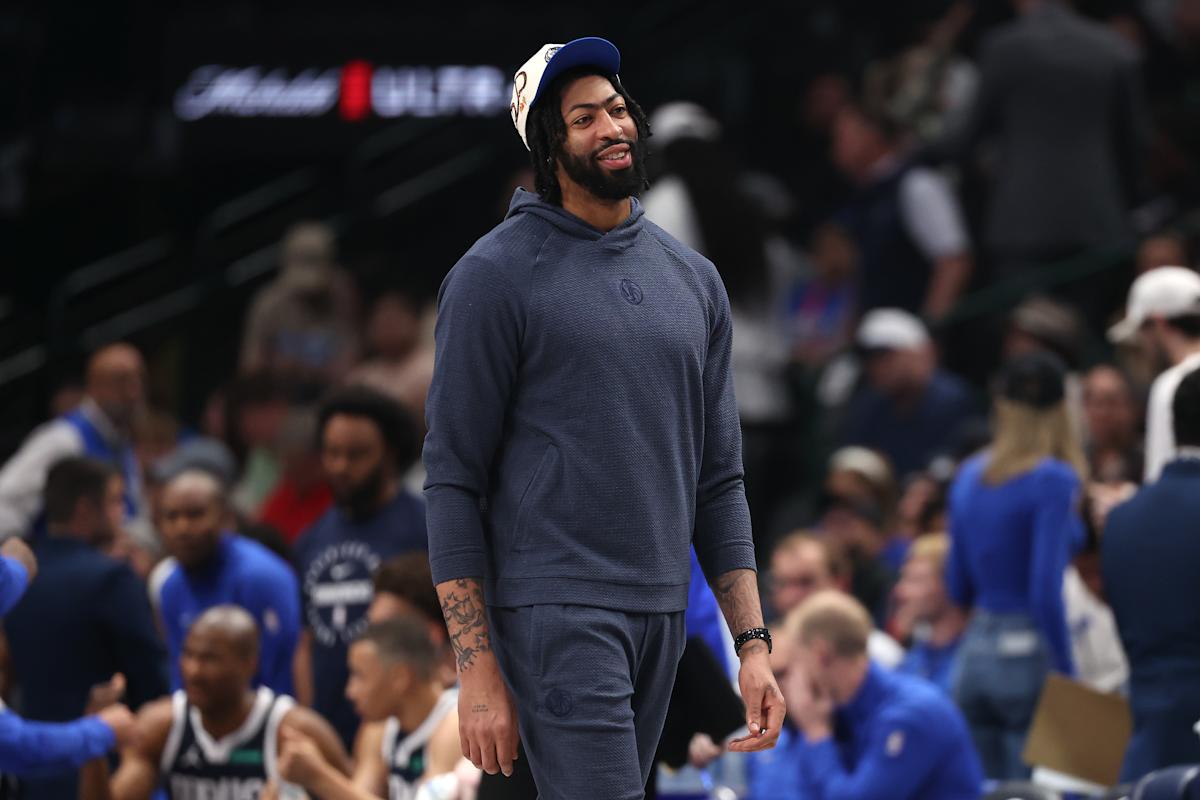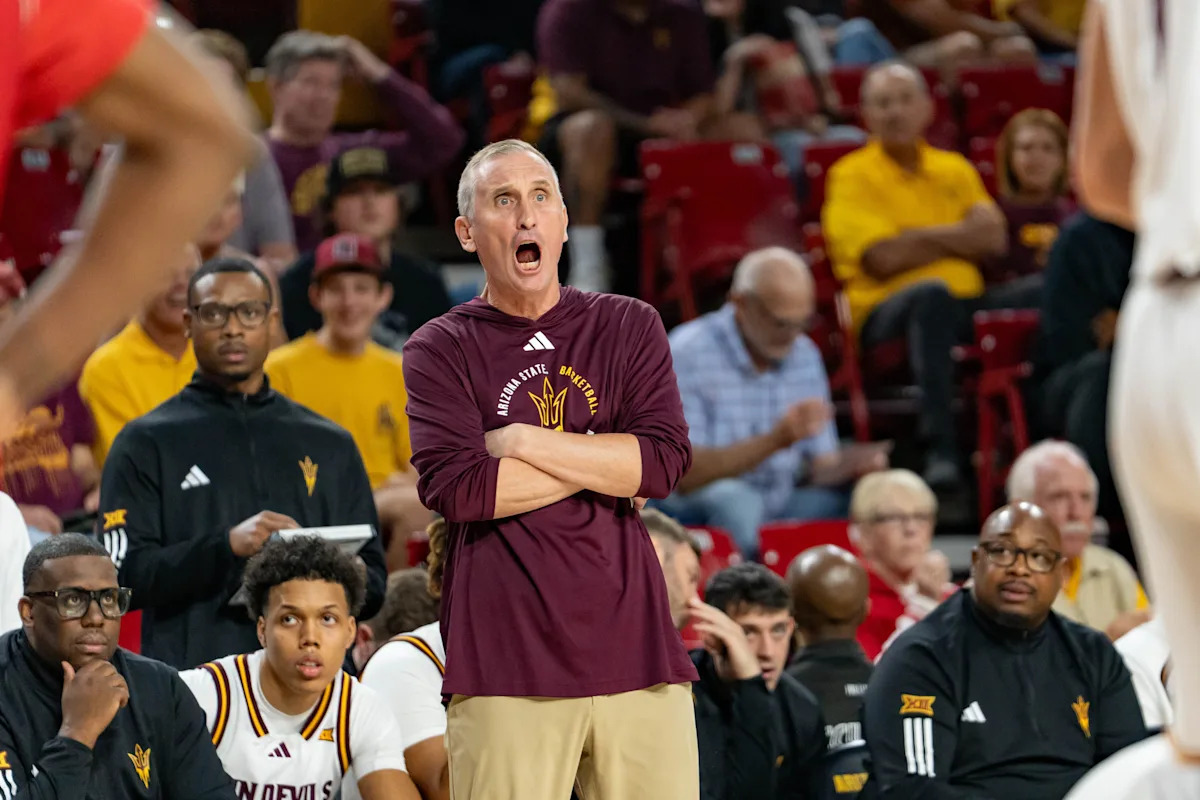Boston Celtics president Brad Stevens detailed the franchise’s offseason roster overhaul in a recent interview with The Athletic. The Celtics traded Jrue Holiday and Kristaps Porzingis while losing Al Horford and Luke Kornet in free agency to slash payroll and luxury taxes by over $250 million.
Stevens said the moves were necessary to avoid the second apron penalties under the NBA’s collective bargaining agreement. Boston would have faced a record $500 million payroll including luxury taxes had they retained last season’s roster. They cut that figure to approximately $239 million.
The trades and departures forced Stevens to prioritize character and competitive drive while rebuilding the supporting cast. He said the organization was transparent about the difficult decisions ahead before executing the moves.
“We were very forthright with everybody,” Stevens said. “We tried to be as proactive (as possible) communicating that, ‘Hey, these things are gonna happen. We’re gonna bring in young, hungry, maybe unproven, maybe a little scarred, but high-character people that are gonna play hard, that want to be a part of something special.'”
The Holiday and Porzingis trades cut about $28 million in combined 2025-26 salaries. Boston’s proximity to the second apron limited their ability to retain Horford and Kornet, who received better offers elsewhere. The veterans signed with the Golden State Warriors and San Antonio Spurs respectively.
Stevens acknowledged the emotional toll of the decisions during what he called “a really long month and a half.” He experienced sleepless nights while dismantling key pieces of the championship core. However, staying above the second apron for a third consecutive year would have severely restricted future roster flexibility.
“First and foremost, what we were staring at was a bill like no one has ever stared at, right?” Stevens said. “So that was not the driver as much as the second apron, but that’s still a significant, significant thing. And our owners — past and present — have always been committed to spending, but it made sense for us, even in that perspective to retool, in my opinion. And then when you’re sitting over those aprons, you just have a lot of restrictions. You know, right now our 2032 (first-round) pick is frozen. That will be unfrozen if we’re under (the second apron) for three of four years.”
The Celtics plan to adopt a dramatically different approach this season. Head coach Joe Mazzulla will likely employ a 10-plus player rotation with shorter stints to maximize effort and energy. The team has emphasized forced turnovers and offensive rebounds throughout training camp.
Stevens said dropping below the second apron restores Boston’s ability to aggregate players in trades. Such restrictions would have prevented the acquisitions of Holiday, Porzingis, Malcolm Brogdon and Derrick White as those deals were originally structured.
“If you’re going to have to reset and retool, what you’re trying to do is you’re just trying to give yourself a chance to be opportunistic if that presents itself,” Stevens said. “We lived it. We knew it was coming. And, you know, it wasn’t the most fun summer for a GM or a front office person but we knew that that was part of the pain of A) going all-in in the last couple of years and then B) making sure we give ourselves a chance to continue to be opportunistic around our young core — and our core is still young and still very, very good.”
The Celtics were the first team forced to break apart due to the new CBA. Stevens believes the current rules “make every decision that much more important and every contract that much more important.”
“It’s a different challenge in a lot of ways,” Stevens said. “But I think that challenge is always made easier when we start with the core we still have and, oh by the way, we have a first team All-NBA player that’s sitting in street clothes still. So, you know, we’re in really good shape versus (how) people that go through these decisions later on will be.”

























